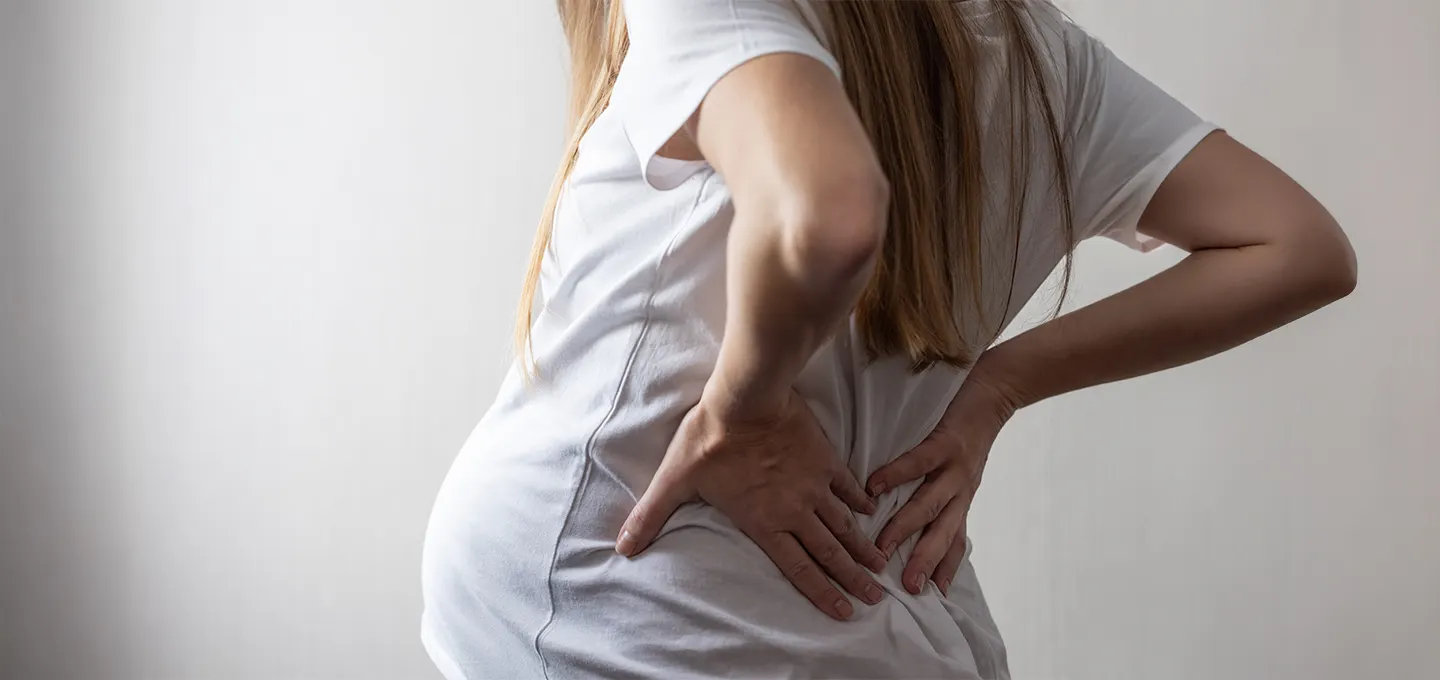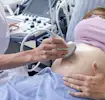Pregnancy
Expecting a baby? We'll guide you through every step of this beautiful journey, from finding out you're pregnant to holding your little one for the first time.
Baby Names
Get name inspiration and information on naming traditions to help you select names for boys and girls.
Multiples
Be prepared for your twin or multiple pregnancy with our handy tips, plus learn about delivering a happy and healthy set of little ones.
Pregnancy Announcement
Check out our cute and fun ideas for announcing your pregnancy to your partner, family, friends, and co-workers.
Pregnancy Symptoms
Get to know everything about morning sickness, mood swings, and all the signs and symptoms of pregnancy.
Giving Birth
From packing a hospital bag to getting through labour, here's what to know about giving birth.
Baby Shower
Whether you're the host or the guest of honour, you'll love the tips and advice we offer in our complete baby shower guide.
Healthy Pregnancy
Pick up tips on nutrition, exercise, and safety during pregnancy.
Join Pampers Club and get:






































